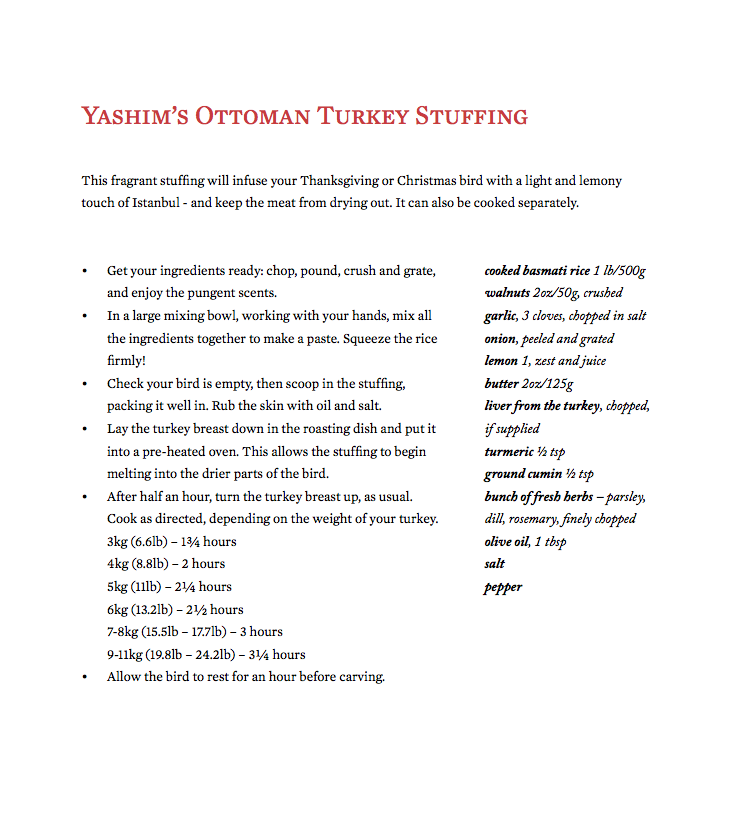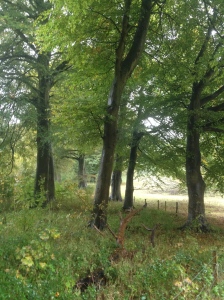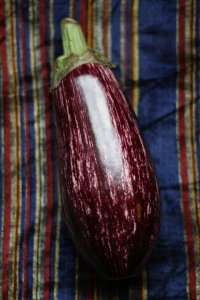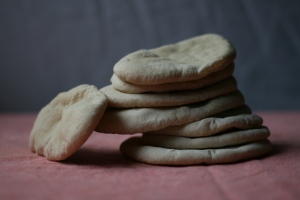I remember the day I found myself crouched over a saucepan by the back window, camera in hand, prodding a rocket leaf with a chopstick. Behind me, a chorus of angry children demanded their lunch while it was still hot. I fiddled with exposures. I zoomed back and forth with the focus. I turned the pan. In the end, I climbed on a chair, balanced the leg of the tripod on the sideboard, and took the classic Instagram shot of the food, from above. It looked like a tidal wave of chicken pieces coming through a porthole. And then, to everyone’s relief, we ate. It wasn’t absolutely hot, but it was perfectly delicious.

Chicken pieces coming through a porthole
The recipe was coriander chicken with lemon and sumac: it’s already something of a favourite, and you can find it on page 48 of Yashim Cooks istanbul, the culmination of all that zooming and recipe-collecting, all that tasting and testing, which really began when Ambassador Palewski came sniffing up the stairs to Yashim’s apartment, in an adventure called The Janissary Tree.
Today, in the UK and Commonwealth at least, is Publication Day. In the US and Canada, it’ll be November 15th – after elections, and before Thanksgiving.
And so, to my weepy Oscar speech.
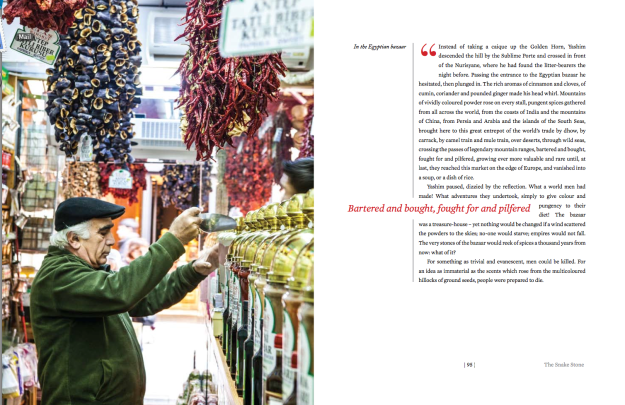
Tuba’s magnificent photos
Many of the photos in the book were taken by me, or are taken from old maps, panoramas, and costume illustrations. Others, such as the splendid picture above, are by Tuba Satana. Her generosity and knowledge are boundless. She is an Istanbullite, a foodie, a photographer, a blogger and a guide. She is also a dear friend and you can see more of her work at http://istanbulfood.com/ and on Instagram at http://instagram.com/istanbulfood.
If you think the design of the page above is crisp, clear and stylish, you will love the book. Hats off to Clive Crook, who produced the master design, and to Isaac Goodwin, who implemented it. He is at http://www.isaacgoodwin.com. He is also responsible for the scattering of ‘little men’, or Ottoman figures, through the book.
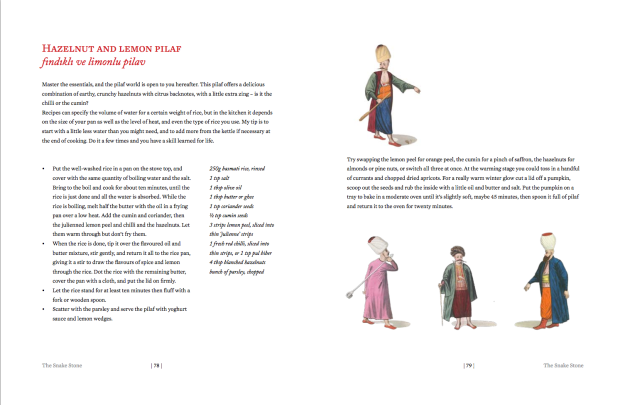
We love the Little Men (and Women)
When you use the book, whether to rustle up the coriander chicken, ruby pilaf or palace fig pudding, from dozens of recipes, the wonderful Sheilah Kaufman will have picked out the errors and the contradictions. She is a cook book editor, a lecturer and foodie based on the East Coast, with special expertise in Turkish cooking. Her patience and good spirits have helped make Yashim Cooks Istanbul. Further examples of her work can be seen at http://www.cookbookconstructioncrew.com/.
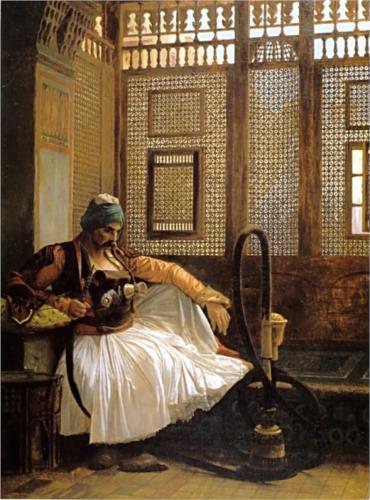
Thinking about Widow Matalya’s chicken soup?
The testers have been you, Yashim’s readers, who so generously responded to my appeal on this blog. You saved recipes, and improved them. In particular, I owe a great debt to Amina Beres, Ann Barnes, Ann Bloxwich, Ann Chandonnet, Ann Elizabeth Robinson, Anthea Simmons, Beth Bandy, Beverly Firme, Bill Bosies, Britta de Graaff, Burcak Gurun Muraben, Carey Combe, Carmen Mahood, Carol Titley, Catherine Johnson, Chloe Potts, Claire Byrne, Clare Hogg (of the blog Saucy Dressings), Connie Hay, Daemon A. ‘Bunny’ Condie, David Lee Tripp, Diana Moores, Dianne Hennessy King, Donna Cummings, Dr Werner and Sonja Keck of Heidelberg, Eva Krygier, Evren Işınak Bruce, Francine Berkowitz, Rev. Fr. Gary Simpson, Genia Ruland, Geoff Perriman, Giles Milton, Giuseppe Mancini, Greg Burrows, Hira Najam in Pakistan, Indrek Koff, Irena Rywacka, Ivette Buere Cantu, Ivor Gethin, Jan Suermondt, Jean Stearns, Jeanette Kearney, Jill Patience, Jillian Wilkinson, Judith O’Hagan, Juliet Emerson, Kate Hubbard, Leary Hasson, Lennart Allen, Linda Gunderson, Lynda Dagdeviren, Maria Figueroa Küpçü, Mark Culme-Seymour, Marsha Frazier, Marta Bialon, Matthew Adams, Meg Officer, Melanie Ulrich, Olivia Temple, Pat Ruttum, Penny Harvey, Piret Frey, Rick Page, Robin Morris, The Rev. Roger Russell, Ron Garrison, Rosemary Petersen, Russell Needham, Ruth Peers, Sally Catton, Sid Cumberland, Simon Allen, Sophie Ransom, Stella Ruland, Stuart MacBride, Sue Aysan, Susan Dolinko, Suzi Clarkson, Tomas Eriksson of Malmo, and Veronica and Alfio Brivio.
And that, I think, breaks the five minute rule on Oscar speeches.
If you’d like a copy of Yashim Cooks Istanbul, signed and postage free, you can order one at http://bit.ly/2c7fkIU. In the UK, it’s on sale at a good bookshop near you, or of course on Amazon at http://amzn.to/2enxMhq. Do leave a good review there, if you can!

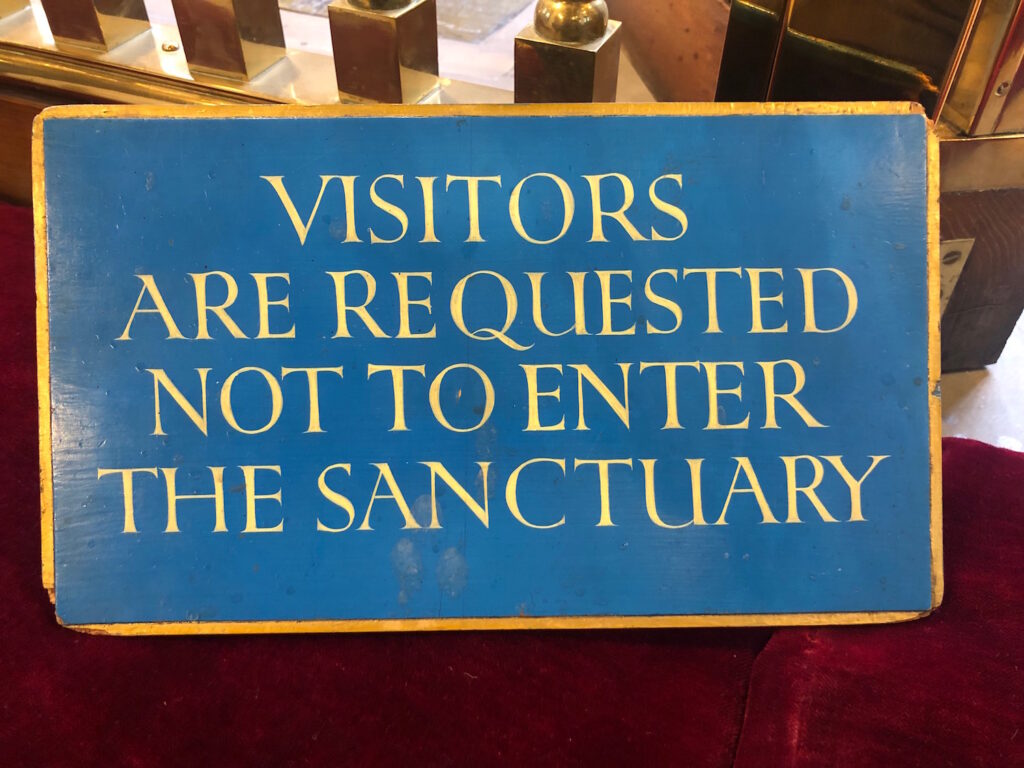
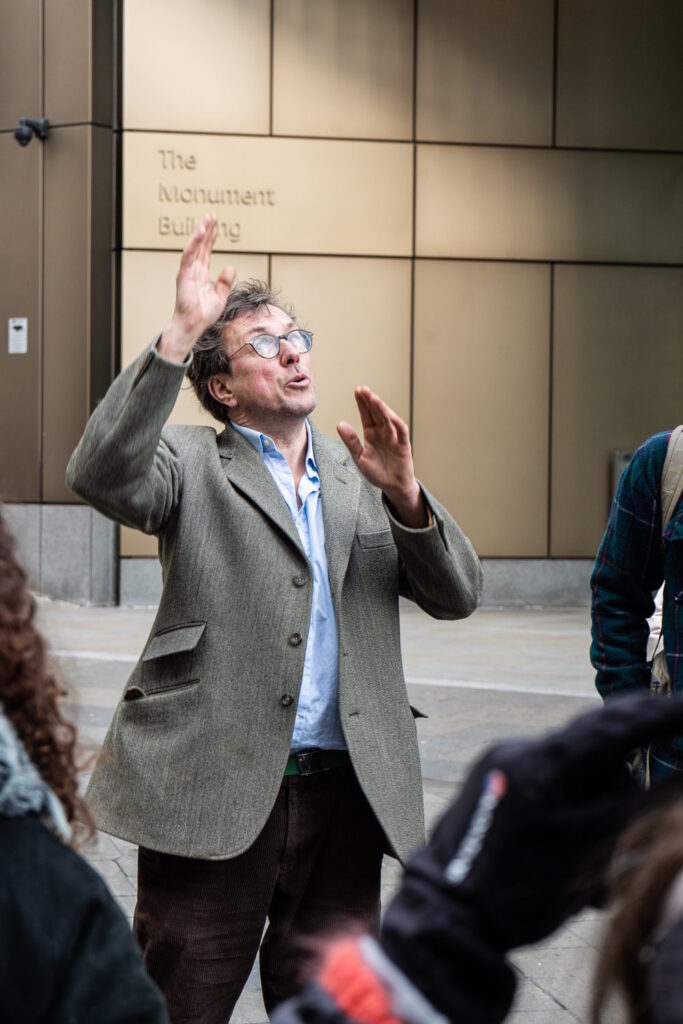
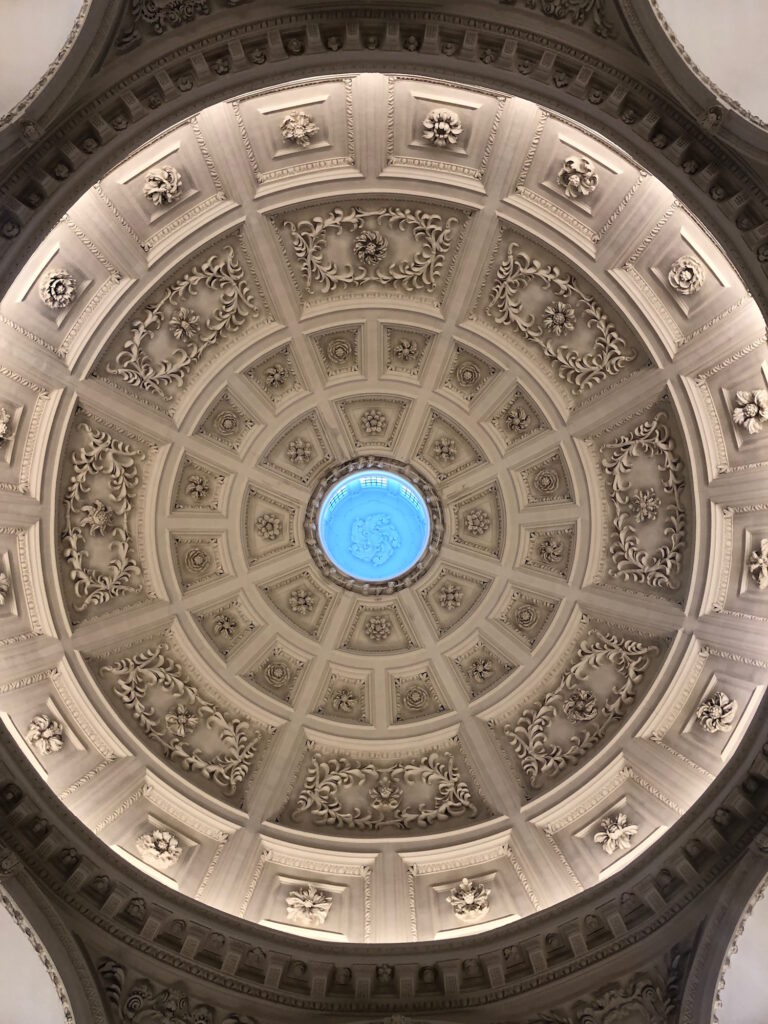
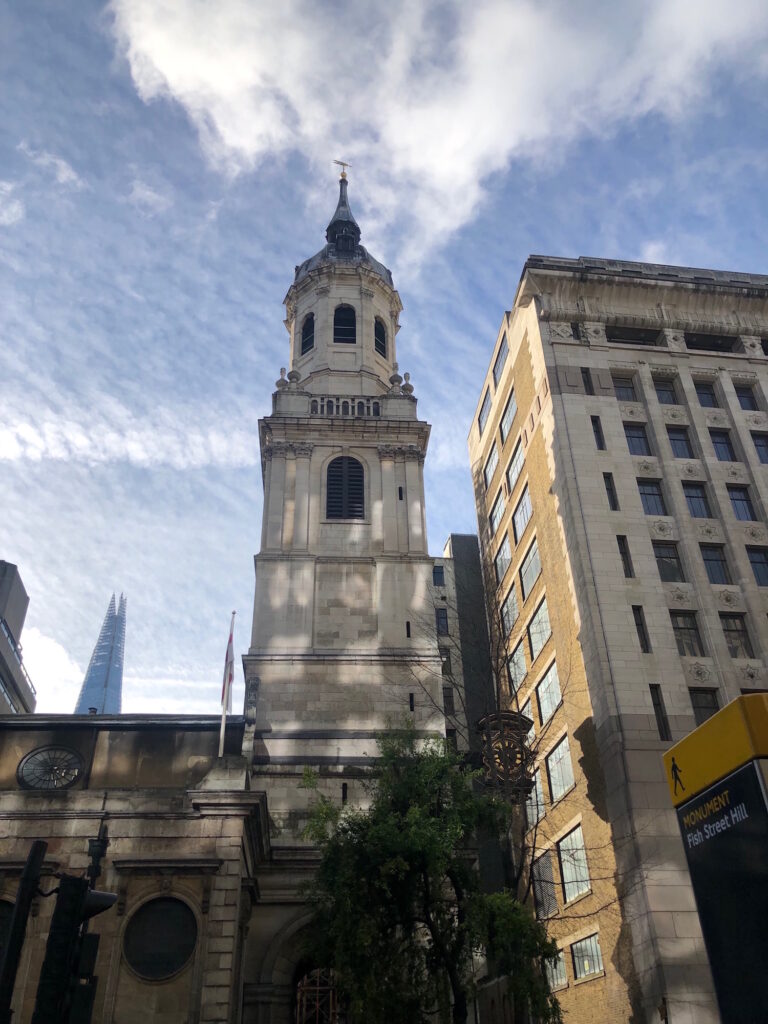
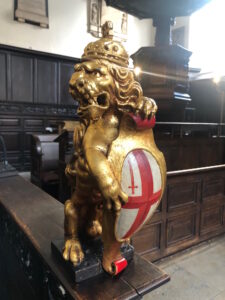

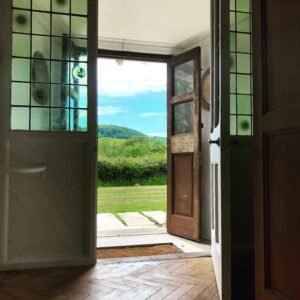

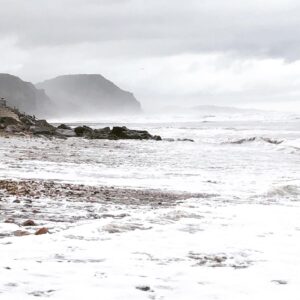
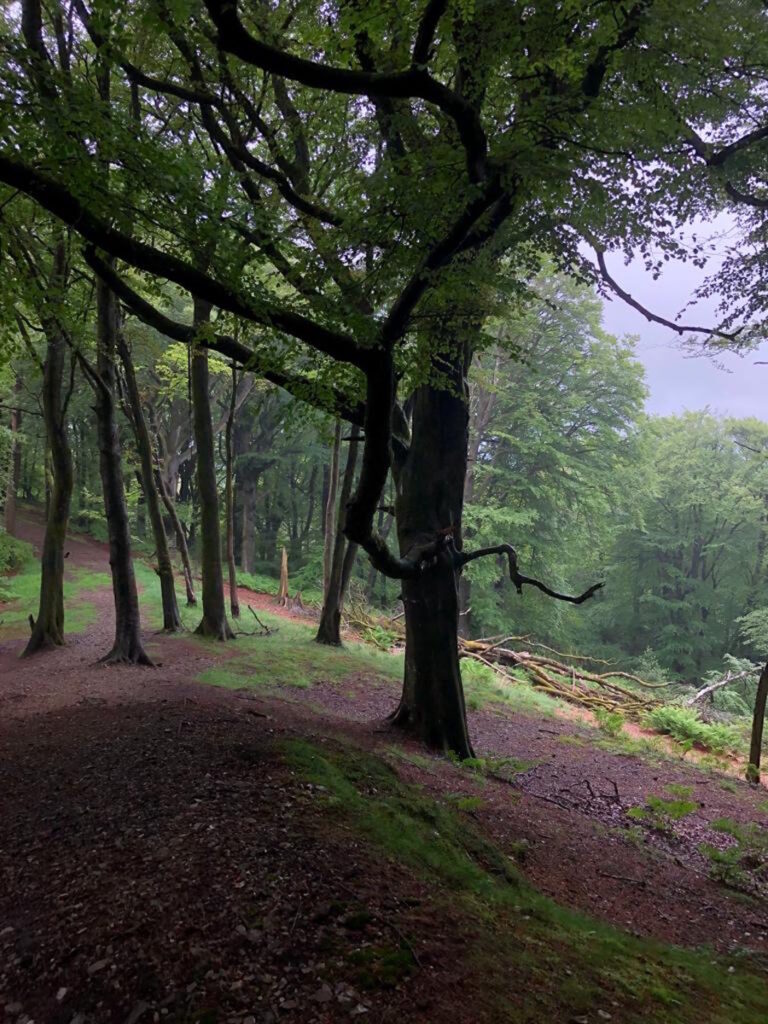
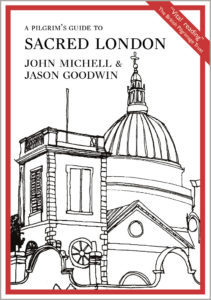
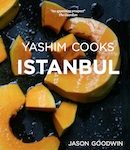
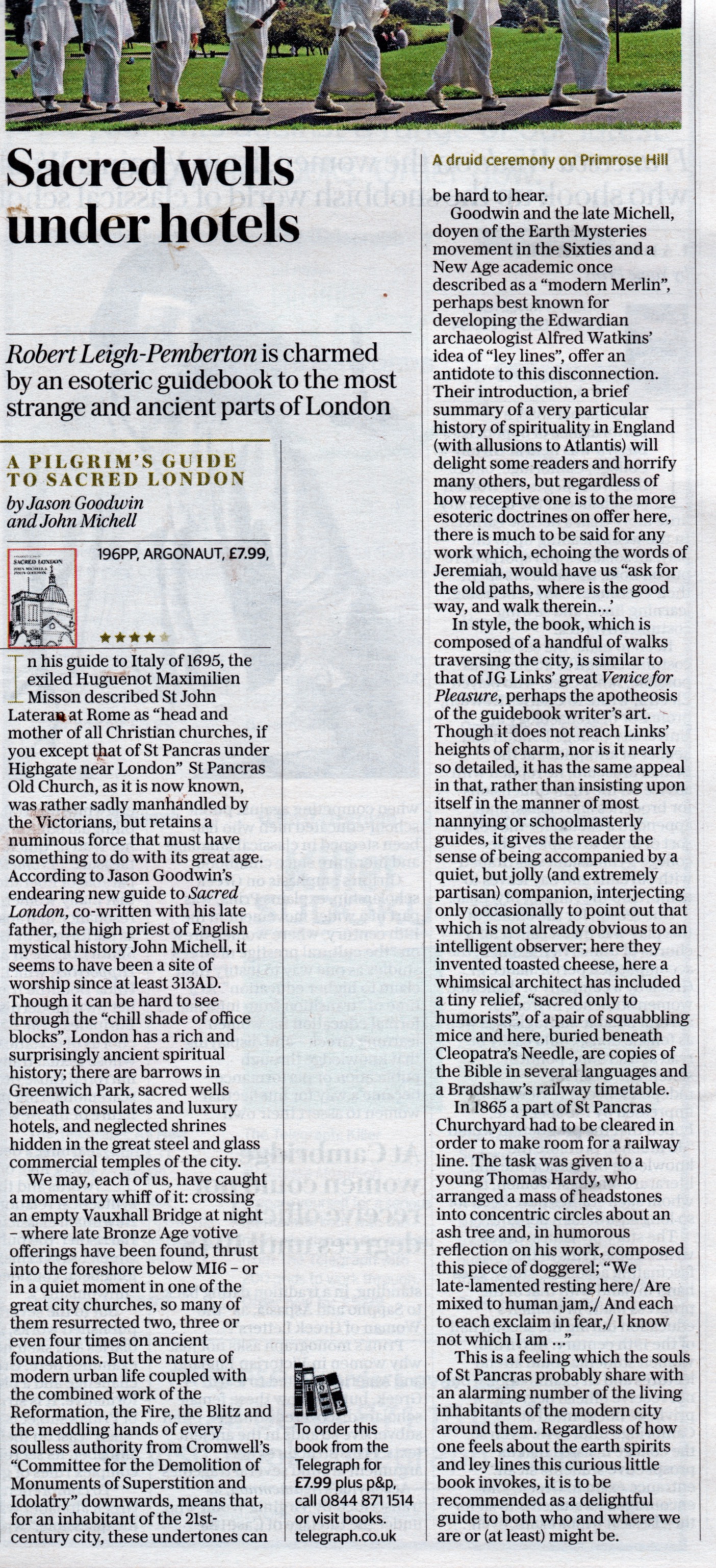
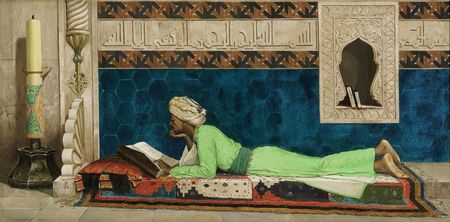
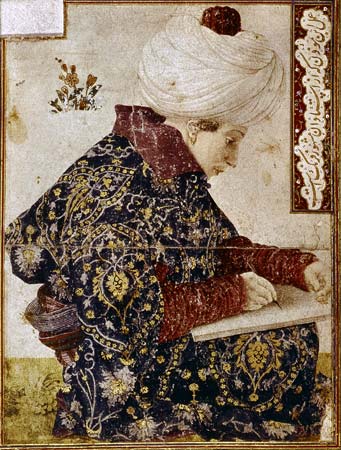

 Just in time for Thanksgiving, here’s a gentle Ottoman twist on the festive dinner – Yashim’s spiced stuffing, made with rice. Funnily enough, Ottomans seldom emigrated to the United States (an exception was a Syrian, Hadji Ali, aka Hi Jolly, who set up a camel corps for the Confederates during the Civil War), otherwise this stuffing would have delighted them.
Just in time for Thanksgiving, here’s a gentle Ottoman twist on the festive dinner – Yashim’s spiced stuffing, made with rice. Funnily enough, Ottomans seldom emigrated to the United States (an exception was a Syrian, Hadji Ali, aka Hi Jolly, who set up a camel corps for the Confederates during the Civil War), otherwise this stuffing would have delighted them. 